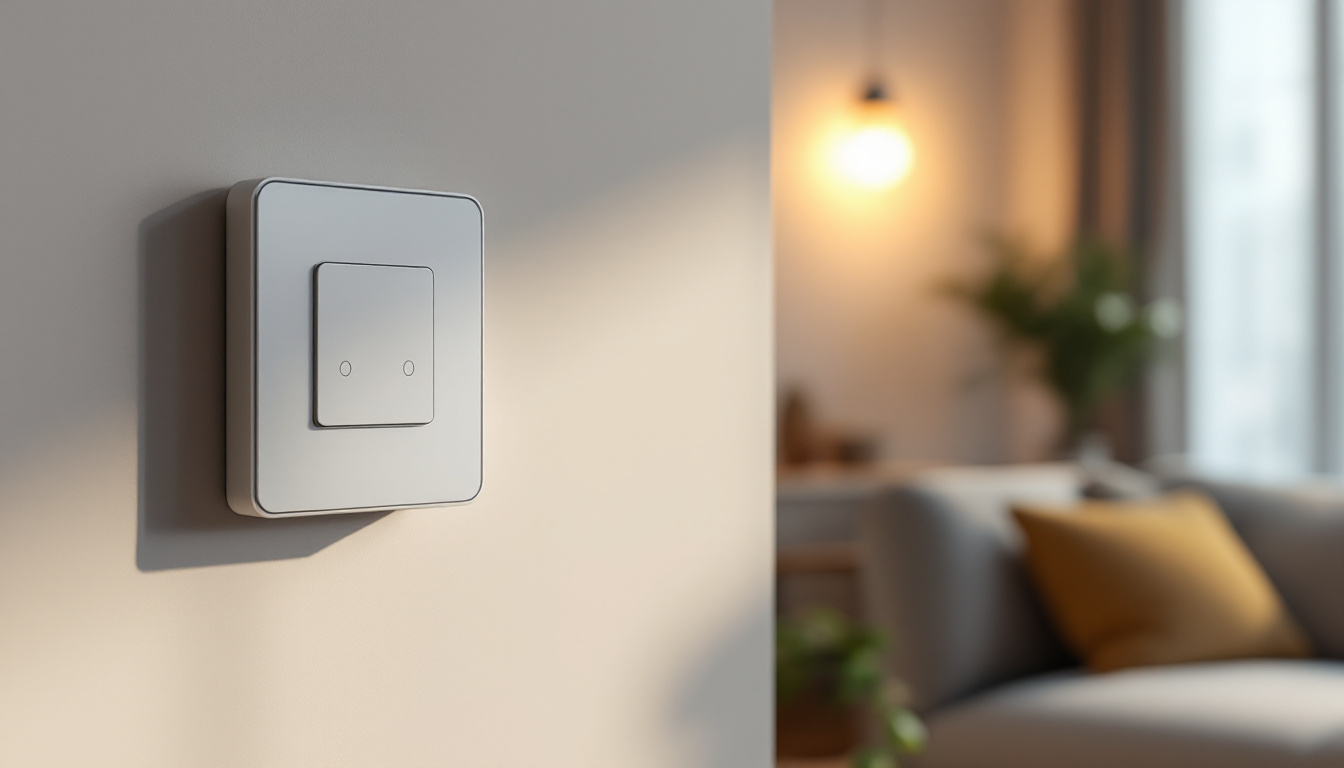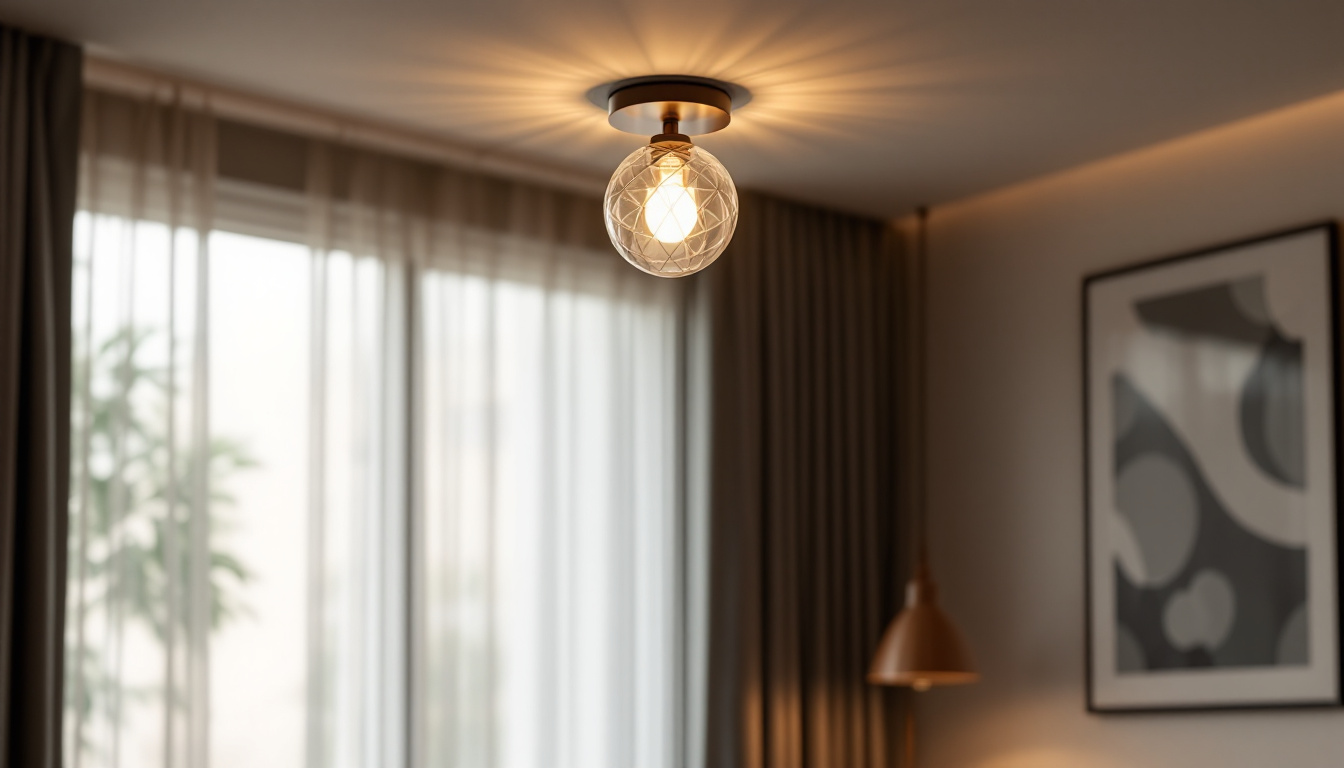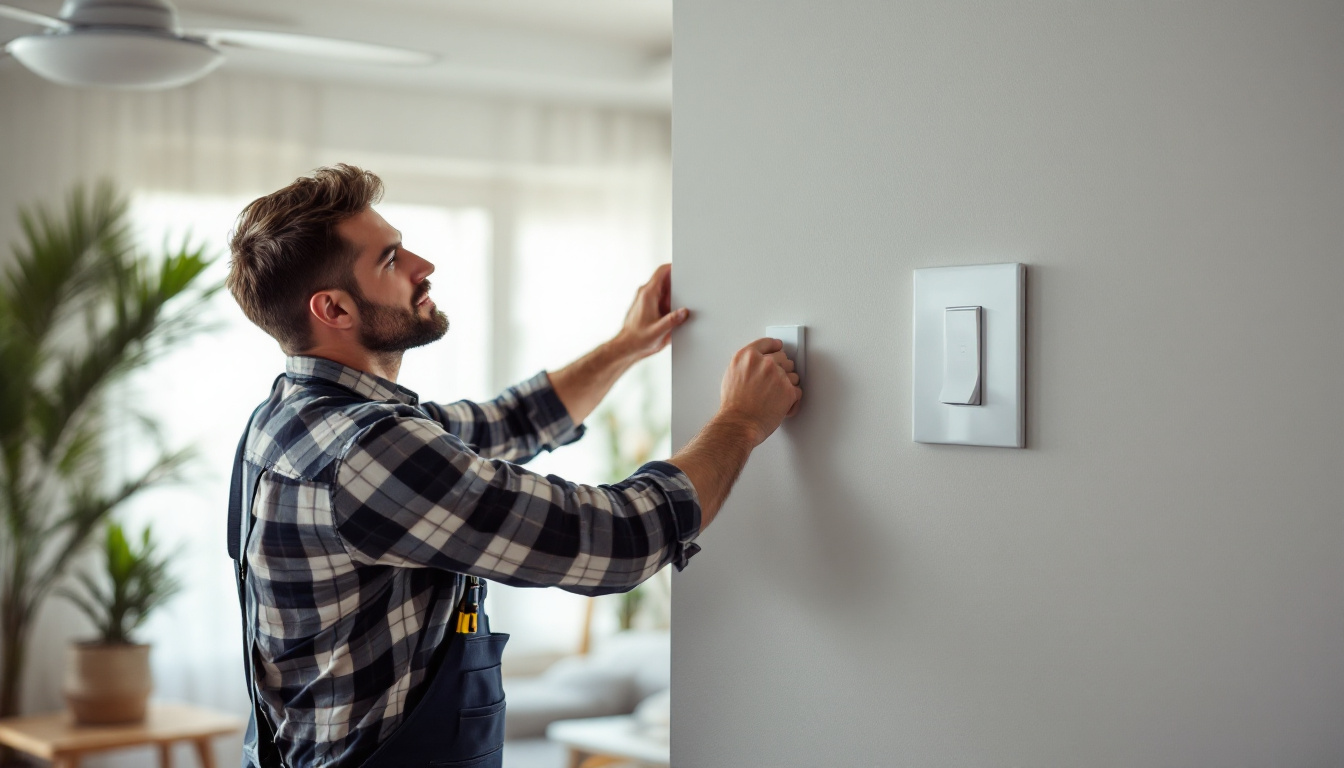

In the realm of lighting solutions, in-wall switch timers have emerged as a pivotal component for both residential and commercial applications. These devices not only enhance convenience but also contribute to energy efficiency, making them a popular choice among lighting contractors. This article delves into the essential aspects of in-wall switch timers, exploring their functionality, installation, benefits, and considerations for optimal use.
In-wall switch timers are devices installed directly into the wall switch box, allowing users to automate their lighting systems. They can be programmed to turn lights on or off at specific times, providing a level of control that traditional switches lack. This automation is particularly beneficial for enhancing security, managing energy consumption, and improving overall convenience. For instance, by scheduling outdoor lights to turn on at dusk and off at dawn, homeowners can deter potential intruders while also ensuring that their property is well-lit during the evening hours.
There are several types of in-wall switch timers available in the market, each designed to cater to different needs and preferences. The most common types include mechanical timers, digital timers, and smart timers. Mechanical timers are the simplest form, featuring a dial that users can set to their desired on and off times. These timers are often favored for their straightforward operation and reliability, making them a popular choice for those who prefer a no-fuss solution.
Digital timers offer more advanced features, such as multiple programming options and countdown settings. They can often be programmed for different schedules on weekdays versus weekends, providing flexibility for varying routines. Smart timers integrate with home automation systems, allowing users to control their lighting remotely via smartphone apps or voice commands. These timers can also be synchronized with other smart home devices, such as motion sensors and security systems, creating a cohesive and responsive home environment.
When selecting an in-wall switch timer, several key features should be taken into account. Programmability is crucial; look for models that allow multiple on/off settings throughout the week. Ease of installation is another important factor; some timers require more complex wiring than others. Additionally, consider compatibility with different types of bulbs, as some timers may not work well with LED or CFL lights. This compatibility is essential for ensuring that the timer functions correctly and efficiently, as using an incompatible bulb can lead to flickering or even damage to the timer.
Another feature worth noting is the presence of a manual override. This allows users to turn the lights on or off manually, even when the timer is set. This feature is particularly useful for unexpected situations, such as when you need to leave the house in a hurry or want to enjoy a bit of extra light while entertaining guests. Finally, energy monitoring capabilities can provide insights into energy consumption, helping users make informed decisions about their lighting usage. Some advanced models even offer integration with energy management systems, allowing users to track their consumption patterns over time and adjust their habits accordingly for greater efficiency and savings.
Installing an in-wall switch timer can be a straightforward process, but it requires a basic understanding of electrical systems. Proper installation ensures the timer functions correctly and safely. Here’s a step-by-step guide to the installation process.
Before starting the installation, it is essential to ensure safety by turning off the power at the circuit breaker. Use a voltage tester to confirm that the power is off. Gather the necessary tools, including a screwdriver, wire strippers, and electrical tape. Familiarize yourself with the timer’s wiring diagram, which will guide you through the connections. Additionally, it’s wise to wear safety goggles and gloves to protect yourself from any potential hazards during the installation process. If you’re unsure about any step, consulting a professional electrician can provide peace of mind and ensure compliance with local electrical codes.
Begin by removing the existing switch from the wall. Carefully disconnect the wires from the old switch, taking note of their configuration. Connect the wires to the in-wall timer according to the manufacturer’s instructions. Typically, this involves connecting the line wire, load wire, and neutral wire. Ensure all connections are secure and insulated with electrical tape to prevent any short circuits. It’s also a good practice to label the wires if you’re dealing with multiple switches, as this will simplify the process and reduce the chances of confusion during reassembly.
Once the wiring is complete, carefully tuck the wires back into the electrical box and secure the timer in place. Finally, attach the faceplate and restore power at the circuit breaker. Test the timer to ensure it operates as intended. If the timer features programmable settings, take a moment to explore its functionalities, such as setting specific on/off times or adjusting the duration of operation. This can enhance energy efficiency and convenience in your home, allowing you to automate lighting based on your daily routines. Remember to periodically check the timer’s settings and functionality to ensure it continues to meet your needs effectively.
In-wall switch timers offer a myriad of benefits that make them an attractive option for lighting contractors and homeowners alike. Understanding these advantages can help in promoting their use to clients.
One of the primary benefits of in-wall switch timers is their ability to enhance energy efficiency. By automating lighting schedules, these devices help reduce unnecessary energy consumption. For instance, lights can be programmed to turn off during the day when natural light is sufficient, or to turn on automatically at dusk, ensuring that lights are only used when needed.
This not only lowers energy bills but also contributes to a more sustainable environment by reducing overall energy demand. In commercial settings, this can lead to significant cost savings over time, making it a wise investment for businesses. Additionally, many modern timers come equipped with smart technology that allows users to monitor energy usage via mobile apps, providing insights that can further optimize energy consumption and identify patterns that may lead to additional savings.
In-wall switch timers also play a crucial role in enhancing security. By programming lights to turn on and off at specific times, homeowners can create the illusion of occupancy, deterring potential intruders. This feature is particularly useful for those who travel frequently or spend extended periods away from home.
For commercial properties, well-lit exteriors can deter vandalism and theft, making in-wall timers an essential component of a comprehensive security strategy. In addition, some timers can be integrated with motion sensors to further enhance security measures. The combination of timed lighting and motion detection can create a dynamic security system that not only alerts property owners of movement but also activates lights to illuminate dark areas, making it more difficult for intruders to approach unnoticed.
The convenience offered by in-wall switch timers cannot be overstated. Users can set their lighting preferences without the need for manual intervention, allowing for a more comfortable living or working environment. For example, lights can be programmed to illuminate pathways at night, providing safety and ease of movement.
In addition, timers can help establish routines, such as turning on lights at a specific time in the morning to aid in waking up or dimming lights in the evening to create a relaxing atmosphere. This level of automation enhances the overall quality of life for users. Furthermore, some timers are compatible with home automation systems, allowing users to control their lighting remotely or through voice commands, adding another layer of convenience and personalization to their daily routines. This integration can also extend to other smart devices, enabling a fully synchronized home environment that adapts to the preferences and schedules of its occupants.
While in-wall switch timers offer numerous benefits, there are several considerations to keep in mind for optimal use. These factors can influence the effectiveness and longevity of the devices.
Before installing an in-wall switch timer, it is essential to ensure compatibility with the existing lighting system. Some timers may not work well with specific types of bulbs, such as dimmable LEDs or CFLs. It is advisable to check the manufacturer’s specifications to avoid any issues.
Additionally, consider the total wattage of the lights being controlled. Exceeding the timer’s wattage rating can lead to malfunctions or even fire hazards. Proper assessment of the lighting load is crucial for safe and effective operation.
To ensure the longevity and reliability of in-wall switch timers, regular maintenance is essential. Periodically check the device for any signs of wear or damage. Dust and dirt can accumulate in the switch box, potentially affecting performance. Cleaning the timer and surrounding area can help maintain optimal functionality.
Furthermore, users should periodically review their lighting schedules to ensure they still meet their needs. As lifestyles change, so too may lighting requirements. Adjusting the timer settings accordingly can enhance both convenience and energy efficiency.
In-wall switch timers are a valuable addition to any lighting system, offering a blend of convenience, energy efficiency, and enhanced security. Understanding their functionality, installation process, and benefits can empower lighting contractors to recommend these devices to clients effectively. By considering compatibility and maintenance, users can maximize the advantages of in-wall timers, creating a more efficient and comfortable lighting environment.
As the demand for smart and automated solutions continues to grow, in-wall switch timers stand out as a practical choice for modern lighting systems. Embracing this technology not only simplifies lighting management but also contributes to a more sustainable future.
Ready to take your lighting installations to the next level? At LumenWholesale, we provide lighting contractors with the highest quality in-wall switch timers and a vast array of spec-grade lighting products at unbeatable wholesale prices. Say goodbye to local distributor markups and hello to superior products that meet the highest industry standards. With free shipping on bulk orders, you can stock up on reliable, high-performance lighting solutions that will make your projects shine. Don’t compromise on quality or value—choose LumenWholesale for the perfect blend of affordability and convenience. Discover our wholesale lighting at the best value today and elevate your lighting game.

Discover expert tips and best practices for selecting and installing flushmount light fixtures from seasoned lighting contractors.

Discover expert tips and strategies for lighting contractors to master the installation and optimization of wall switches for ceiling fans.

Discover how lighting contractors are transforming warehouses with cutting-edge installations.

Discover the essentials of LED retrofit lighting kits and why they’re a game-changer for lighting contractors.
Get notified when NEW deals are released.
Optimize your budget with wholesale discounts.
Only top-quality, specification-grade lighting products.
No additional costs at checkout - what you see is what you pay.
We understand the unique needs of contractors.